#Joseph-Denis Odevaere
Explore tagged Tumblr posts
Text
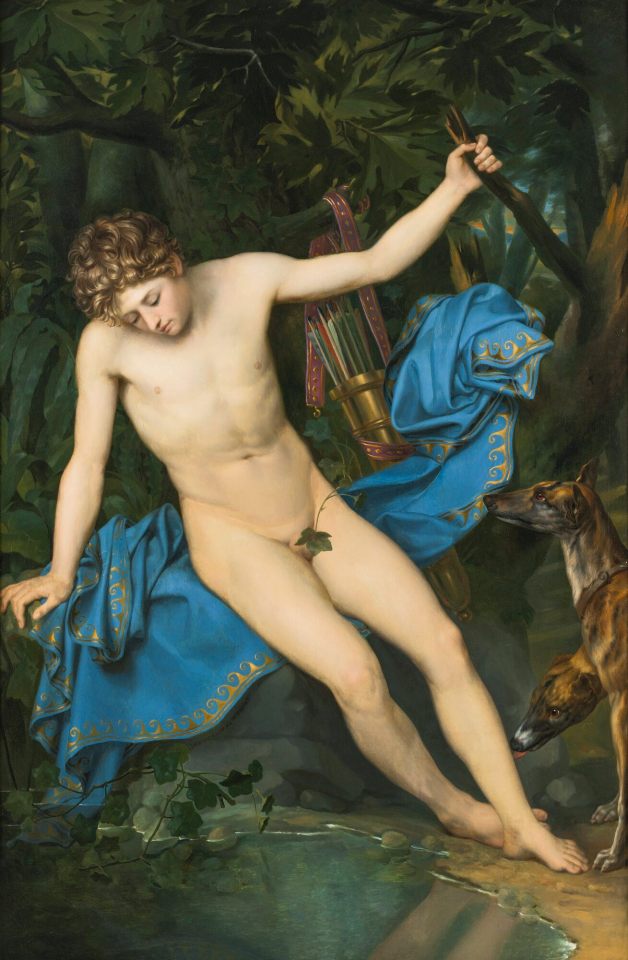
~1820, Joseph-Denis Odevaere, Narcisse
122 notes
·
View notes
Text
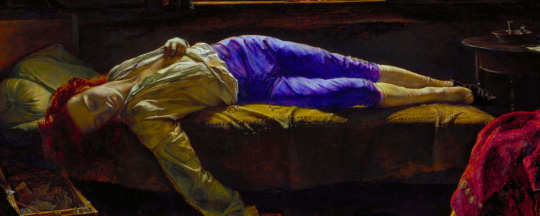
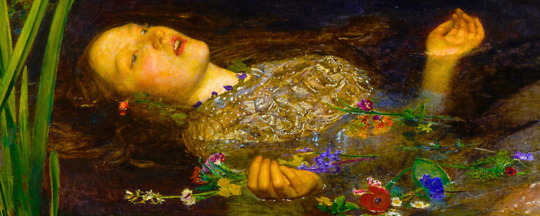



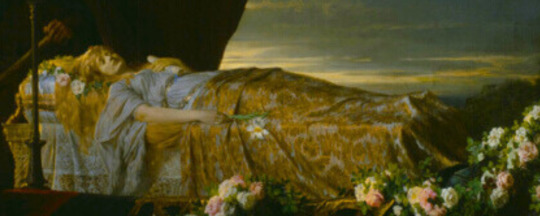
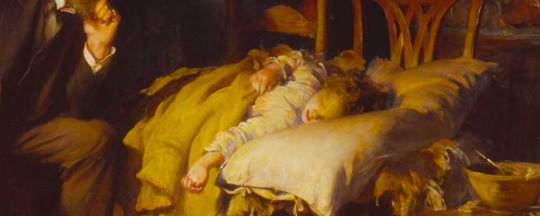
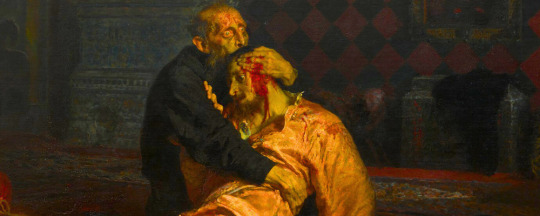


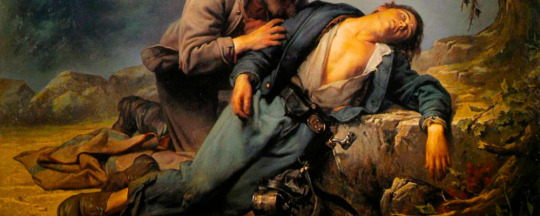

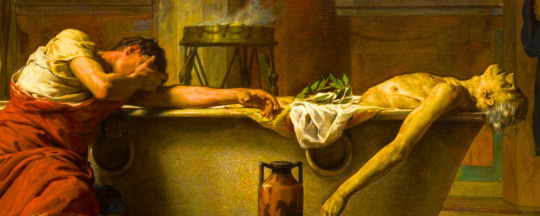
death in art
the death of chatteron by henry wallis (1856) ophelia by john everett millais (1851-52) the execution of marshal ney by jean-leon gerome (1868) requiescat by briton riviere (1888) yellow fever in buenos aires by juan manuel blanes elaine by edward rosenthal (1874) the doctor by luke fildes (1891) ivan the terrible and his son by Ilya repin (1885) the bride of death by thomas barker (1839) lord byron on his death-bed by joseph denis odevaere (1826) recognition: north and south by constant mayer (1865) the lament for icarus by herbert james draper (1898) death of seneca by dominguez sanchez manuel (1871)
#art#art history#henry wallis#sir john everett millais#jean leon gerome#briton riviere#juan manuel blanes#edward rosenthal#luke fides#ilya repin#thomas barker#joseph denis odevaere#constant mayer#herbert james draper#dominguez sanchez manuel#death in art
702 notes
·
View notes
Text

Lord Byron On His Death-Bed by Joseph Denis Odevaere (c. 1826)
43 notes
·
View notes
Text

Lord Byron on His Deathbed by Joseph Denis Odevaere, c. 1826
246 notes
·
View notes
Text

Joseph-Denis Odevaere - Frienship Portrait of François Wynckelman, François van der Donckt and Joseph Odevaere - 1805
oil on canvas, height: 256 cm (100.7 in); width: 132 cm (51.9 in)
Groeningemuseum, bruges, Belgium
Joseph Denis Odevaere, or Joseph-Désiré Odevaere (2 December 1775, in Bruges – 26 February 1830, in Brussels), was a Neo-Classical painter from the Southern Netherlands (now Belgium). He served as court painter to King William I.
Franciscus Joseph Octave van der Donckt (30 June 1757, Aalst - 16 August 1813, Bruges) was a Flemish portrait painter, miniaturist and pastellist. He is also referred to as Jozef Angelus Van der Donckt, as well as several other variations, too numerous to list.
20 notes
·
View notes
Photo

Joseph Denis Odevaere - Selfportrait -
Joseph Denis Odevaere, or Joseph-Désiré Odevaere (2 December 1775, in Bruges – 26 February 1830, in Brussels), was a Neo-Classical painter from the Southern Netherlands (now Belgium). He served as court painter to King William I.
His first art lessons came at the Kunstacademie Brugge , where he studied with François Wynckelman . He then moved to Paris, continuing his studies with Joseph-Benoît Suvée and Jacques-Louis David. In 1804, he was awarded the Prix de Rome for his painting The Death of Phocion. This earned him his first commissions, which he spent a year fulfilling prior to his departure.
He then spent eight years at several locations in Italy, copying the old masters and taking particular inspiration from Raphael. While there, he was one of a large group of artists chosen to provide decorations for Napoleon's visit at the Palazzo del Quirinale although, as it turned out, he never produced more than sketches. After that, he spent some time in Paris and received a Gold Medal from Napoleon. While there, he also worked with Godefroy Engelmann, one of the first lithographers in France.
An exhibition in Ghent two years later led to his appointment as court painter to King William I of the Netherlands in 1815. In this position, he began a campaign for the return of several major art works that had been looted from Bruges by the French Army; including pieces by Michelangelo, Jan van Eyck, Hans Memling, and Gerard David. In thanks for his successful efforts, the City Council of Bruges voted to award him a gold medal in 1816. He was elected a fourth class corresponding member living abroad of the Royal Institute of the Netherlands in 1816.
From 1825 to 1829, he painted several works in support of the Greek War of Independence and styled himself "Joseph Dionysius Odevaere". He also wrote some treatises on art and was a regular, highly opinionated contributor to local periodicals.
In 1818, he married Sylvie de la Rue (1796–1845). After his death, in 1835, she married Joseph Van der Linden , Secretary of the Provisional Government of Belgium.
He was a founding member of the first Société des douze.

ODEVAERE, Joseph-Denis Portrait of a Lady 1805 Oil on canvas, 207 x 164 cm Private collection
141 notes
·
View notes
Text

Narcissus. 1820 Joseph Denis Odevaere Flemish 1775-1830. oil/canvas. http://hadrian6.tumblr.com
374 notes
·
View notes
Text

“Narcissus” by Joseph Denis Odevaere, c. 1820
6 notes
·
View notes
Photo
Joseph Denis Odevaere, or Joseph-Désiré Odevaere (2 December 1775, in Bruges – 26 February 1830, in Brussels), was a Neo-Classical painter from the Southern Netherlands (now Belgium). He served as court painter to King William I

1805 Joseph Denis Odevaere - Jean Jacques Van Zuylen Van Nyevelt
(St Sebastiaan (Kon.Hoofdgilde) Museum)
105 notes
·
View notes
Text

"Pygmalion And Galatea" by Joseph-Denis Odevaere.
1 note
·
View note
Photo

𝘓𝘰𝘳𝘥 𝘉𝘺𝘳𝘰𝘯 𝘦𝘯 𝘴𝘶 𝘭𝘦𝘤𝘩𝘰 𝘥𝘦 𝘮𝘶𝘦𝘳𝘵𝘦 (𝘑𝘰𝘴𝘦𝘱𝘩-𝘋𝘦𝘯𝘪𝘴 𝘖𝘥𝘦𝘷𝘢𝘦𝘳𝘦, 1826)
#arte#pintura#lord byron en su lecho de muerte#joseph-denis odevaere#siglo xix#1826#joseph dionysius odevaere#george gordon byron#lord byron on his death-bed#neoclasicismo#neo-classical#art#painting#xix century#neo-classicism#19th century#ancient rome
4 notes
·
View notes
Photo
In Greek mythology, Pygmalion (Ancient Greek: Πυγμαλίων Pugmalíōn, gen.: Πυγμαλίωνος) was a legendary figure of Cyprus. He is most familiar from Ovid's narrative poem Metamorphoses, in which Pygmalion was a sculptor who fell in love with a statue he had carved.
Joseph Denis Odevaere, or Joseph-Désiré Odevaere (2 December 1775, in Bruges – 26 February 1830, in Brussels), was a Neo-Classical painter from the Southern Netherlands (now Belgium). He served as court painter to King William I

Joseph-Denis Odevaere, 1775-1830
Pygmalion and Galatea, 1822, oil on canvas, 233.5x166.5 cm
Private Collection
170 notes
·
View notes
Text

Lord Byron on his Death-Bed
Joseph Denis Odevaere
oil on canvas, c. 1826
#Joseph Denis Odevaere#art#artist#painter#Lord Byron on his Death-Bed#oil on canvas#c. 1826#painting
32 notes
·
View notes
Text

Franciscus Joseph Octave van der Donckt - Self portrait - 1789
Franciscus Joseph Octave van der Donckt (30 June 1757, Aalst - 16 August 1813, Bruges) was a Flemish portrait painter, miniaturist and pastellist. He is also referred to as Jozef Angelus Van der Donckt, as well as several other variations, too numerous to list.
After the early death of his father, his mother took him to her hometown of Bruges.
He had his first drawing lessons with an artist named Jacob De Rijcke, followed by painting lessons from Antoon Suweyns (1720-1789), Joseph-Benoît Suvée and Jan Anton Garemyn. At the same time, he studied the humanities at the Jesuit College. After graduating, his mother sent him to Marseille to learn the merchant trade.
He continued to be interested in art, however, and eventually moved to Paris, where he made the acquaintance of Louis Philippe I, Duke of Orléans and was allowed to copy paintings in his collection. He then travelled through Italy and returned to Bruges in 1791, becoming Director of the Academie voor Schone Kunsten. In 1796, he had a successful showing at the Salon in Ghent.
He is known primarily as a portrait painter, with a fondness for pastels. His most familiar works are a self-portrait and one of his niece, Sylvie de la Rue, who married the painter Joseph Denis Odevaere.
He also took the occasional student; notably Albert Gregorius. He is often confused with his son, François, a history painter about whom little is known.
19 notes
·
View notes
Photo

Joseph Denis Odevaere Narcissus 1820
197 notes
·
View notes
